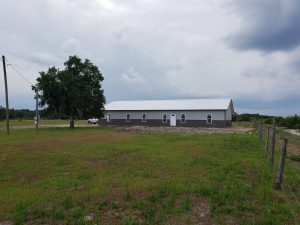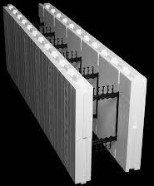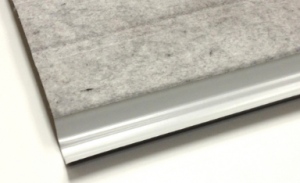 Whether the backyard is large, or small, it often ends up being the target landing zone for the pole building which needs a place to be. Usually, those with large lots are at an advantage, unless huge setbacks, weird easements, or strange zoning laws mess up ideas, before they can be brought to fruition.
Whether the backyard is large, or small, it often ends up being the target landing zone for the pole building which needs a place to be. Usually, those with large lots are at an advantage, unless huge setbacks, weird easements, or strange zoning laws mess up ideas, before they can be brought to fruition.
Before counting the chickens, discuss your ideas with the appropriate Planning Department who has jurisdiction over your property. Make sure to be honest about what the building will be used for – you don’t want to get in a bind later on, when a non-conforming use gets a neighbor or busy-body in a snit.
The Planning Department can advise you of minimum setbacks from lot lines, streets and alley ways, as well as any easements. Ask if there are any height or size (footprint) restrictions.
If you are not 100% absolutely certain of where lot lines and property corners are – hire a land surveyor to find them. Nothing gets the neighbor’s panties in a twist faster than encroaching on their property (or building closer to it than what is allowable). You can place your footprint right up to what is allowable, but if you have overhangs, even one foot, and they extend “over” the imaginary “do not go there” line – you may be in trouble.
With the potential limitations in hand, it is time to determine the best location for placing the building.
Tip #1 Avoid building at the bottom of a hill or in a low-lying area which collects water. The constant moisture will rot wood, blister paint and cause mold and mildew to grow on items stored inside. If the “low spot” becomes the only possible choice, plan on building up the site, as well as making provisions to divert water which would or could flow up against (or even worse – into) the building.
Tip #2 With a large lot (unless you enjoy jogging) try not to place the building into the deepest back corner of the yard. Such an out-of-the-way site might look nice, but it’s not very convenient when you must traipse back and forth across the yard every time you need to retrieve a tool, or hike from the pole building to the house in inclement weather. Build the pole building closer to the house or garage, and everyone will be more likely to return items.
Tip #3 On a slightly sloping site, position the side with the most used door on the high side, so land slopes down toward the rear. In this position, it’ll be much easier to step or drive into since the door’s threshold will be closer to the ground.
Tip #4 If possible, keep the pole building away from extremely shady areas. Exposure to direct sunlight and breezes will keep things dry and free of rot and mold.
Tip #5 Placing the building as close to the setback lines as is practical helps to avoid creating “dead zones” between the pole building and fences, etc. The spaces tend to accumulate clutter and can prove difficult areas to maintain landscaping.
Your new pole building is going to be permanent – and given one chance to do it right, or wrong, it is best to take a little extra time and thought to locate it as ideally as possible.









